
Carbon steel, alloy steel and stainless steel is the common steel,the application is widely.Here BBN steel offer difference among carbon steel, alloy steel and stainless steel.
Carbon steel is carbon-carbon alloy with carbon content Wc less than 2.11%. Also called carbon steel. Generally also contains a small amount of silicon, manganese, sulfur, phosphorus. General carbon steel in the higher carbon content is greater hardness, the higher the strength, but the plastic is low.
(1) According to the use of carbon steel can be divided into carbon structural steel, carbon tool steel and easy cutting steel three categories, carbon structural steel is divided into engineering construction steel and machine manufacturing structural steel two;
(2) according to the smelting method can be divided into flat furnace steel, converter steel;
(3) According to the deoxidation method can be divided into boiling steel (F), sedimentary steel (Z), semi-killed steel (b) and special killed steel (TZ);
(WC ≤ 0.25% -0.6%) and high carbon steel (WC> 0.6%), carbon steel can be divided into low carbon steel (WC ≤ 0.25%), carbon steel
(Including phosphorus, sulfur is higher), high-quality carbon steel (phosphorus, sulfur low) and high-quality steel (including phosphorus, sulfur lower), the quality of steel can be divided into ordinary carbon steel (phosphorus, sulfur higher) ) And premium grade steel.
Steel in addition to iron, carbon, add other alloying elements, called alloy steel. In the ordinary carbon steel based on the addition of an appropriate amount of one or more alloy elements and the composition of iron and carbon alloy. According to the different elements, and take appropriate processing technology, can get high strength, high toughness, wear resistance, corrosion resistance, low temperature, high temperature, non-magnetic and other special properties.
Alloy steel plate
The main alloying elements of alloy steel are silicon, manganese, chromium, nickel, molybdenum, tungsten, vanadium, titanium, niobium, zirconium, cobalt, aluminum, copper, boron, rare earth and so on. Among them, vanadium, titanium, niobium, zirconium and so on in the steel is a strong carbide forming elements, as long as there is enough carbon, under appropriate conditions, can form their own carbides, when the lack of carbon or high temperature conditions, Manganese, chromium, tungsten, molybdenum for the formation of carbide elements, part of the atomic state into the solid solution, the other part of the formation of replacement alloy cementite; aluminum, copper, nickel, cobalt, silicon, etc. is not formed Carbide elements, usually in the atomic state in the solid solution.
Stainless steel is a short rust-resistant stainless steel, resistant to air, steam, water and other weak corrosive media or stainless steel with stainless steel known as stainless steel; and chemical resistance to corrosion medium (acid, alkali, salt and other chemical erosion) corrosion Steel is called acid resistant steel.
The corrosion resistance of stainless steel is reduced with the increase of carbon content. Therefore, most of the stainless steel has a low carbon content of no more than 1.2%, and some of the steel's ωc (carbon content) is even lower than 0.03% (such as 00Cr12 ). Stainless steel in the main alloying element is Cr (chromium), only when the Cr content reaches a certain value, the steel corrosion resistance. Therefore, stainless steel generally Cr (chromium) content of at least 10.5%. Stainless steel also contains Ni, Ti, Mn, N, Nb, Mo, Si, Cu and other elements.
More about difference among carbon steel, alloy steel and stainless steel,and if you need carbon steel, alloy steel and stainless steel,the commen steel grade:A36,A283C,A516Gr.70,16Mo3,A537CL1,310,316 steel and so on,contact BBN now.
Just like you, 70% customers choose long-term cooperation with BBN steel not only for our good product and service quality, good reputation in the international market, but also for our experienced one-stop raw material supply and further steel processing!

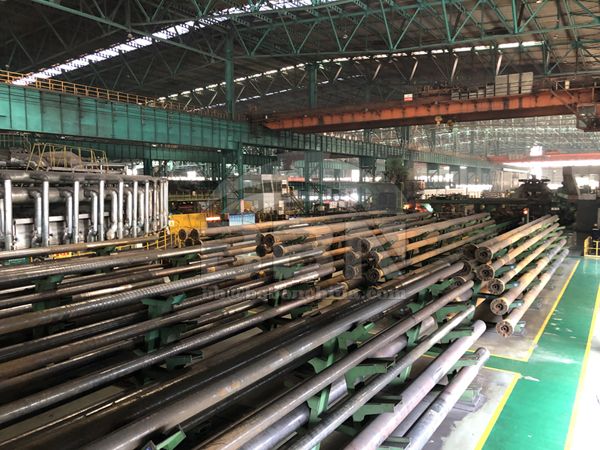
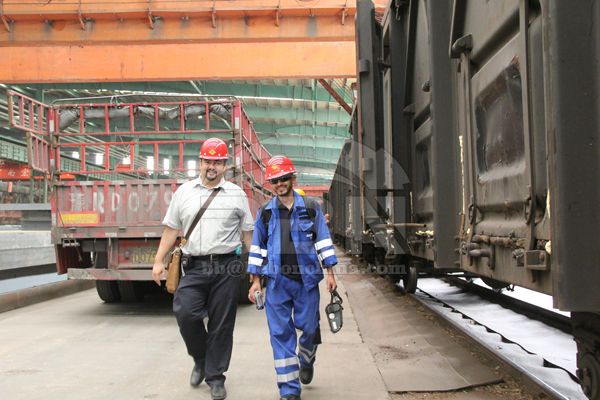
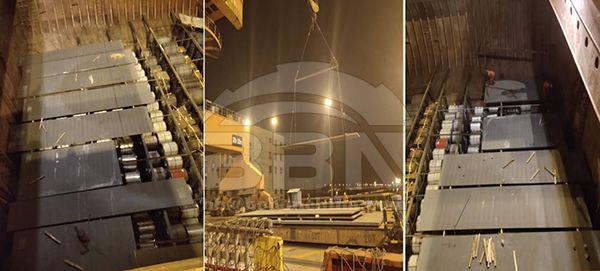
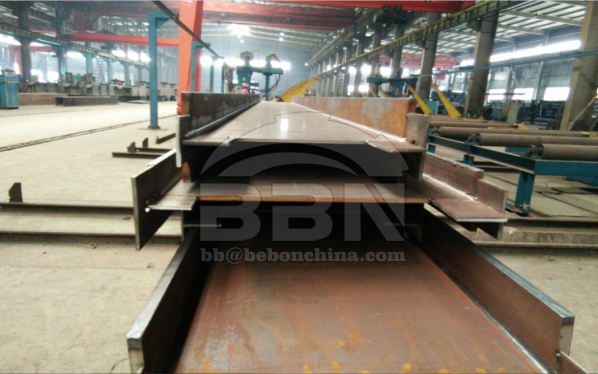
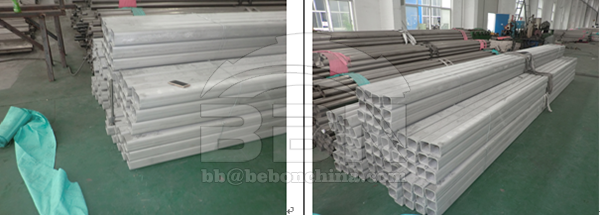
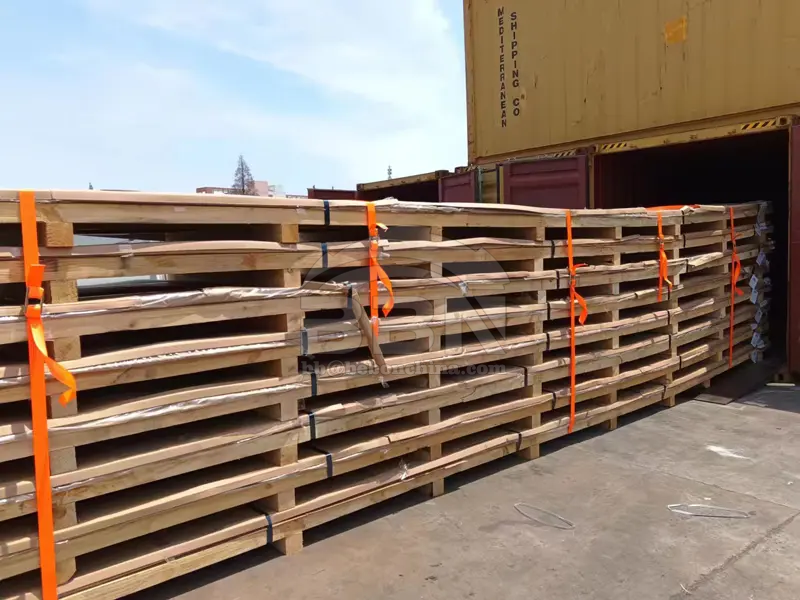

Henan BEBON Iron&Steel co.,ltd.